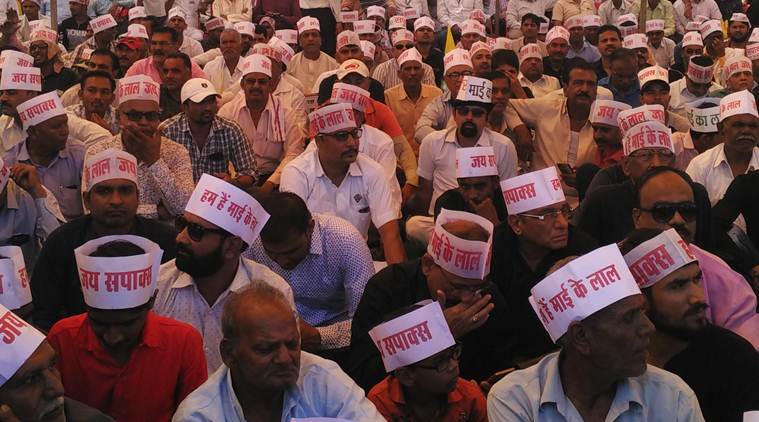Written by Seema Chishti |New Delhi |Updated: January 8, 2019 12:50:18 pm

Explained: The ‘poor forward’ quota story
What is the Centre’s proposal about the economically backward among the ‘general category’ upper castes? What is the background and context of the decision, and what is the way forward?

Ahead of elections to Lok Sabha, the Union Cabinet has cleared a Bill to be brought in Parliament, seeking to provide 10% reservation in government higher education institutions and government jobs to the economically backward among the ‘general category’.
This refers to non-Dalits, non-Other Backward Classes and non-tribals — essentially, the upper castes or so-called ‘forwards’. Several Opposition parties said that the “hasty” move was another election “gimmick” or “jumla” from the BJP, and showed the party’s increasing “desperation”.
KALELKAR & MANDAL
The first Backward Classes Commission was appointed under Article 340(1) in 1953 under the Chairmanship of Kaka Saheb Kalelkar to determine criteria to identify people as socially and educationally Backward Classes, and to recommend steps to ameliorate their condition. In its report, the Commission interpreted the term “socially and educationally backward classes as relating primarily to social hierarchy based on caste”. The second Backward Classes Commission was appointed in 1978 under B P Mandal to review the state of the Backward Classes. The Commission submitted its report in 1980, but it was put in cold storage until the V P Singh government pulled it out in 1990. This report recommended 27.5% reservations in government jobs for OBCs, stirring a hornet’s nest in North Indian politics, with ramifications that continue to be felt today.
Who qualifies for the proposed quota?
The quota is targeted at economically weaker sections among the upper castes. General category individuals, all members of whose family together earn less than Rs 8 lakh per annum, and who have less than five acres of agricultural land, will qualify. Individuals whose families own or possess more agricultural land, or a residential flat of area 1,000 sq ft or larger, or a residential plot of area 100 yards or more in notified municipalities and 200 yards or more in areas other than notified municipalities, will not qualify.





































No hay comentarios:
Publicar un comentario